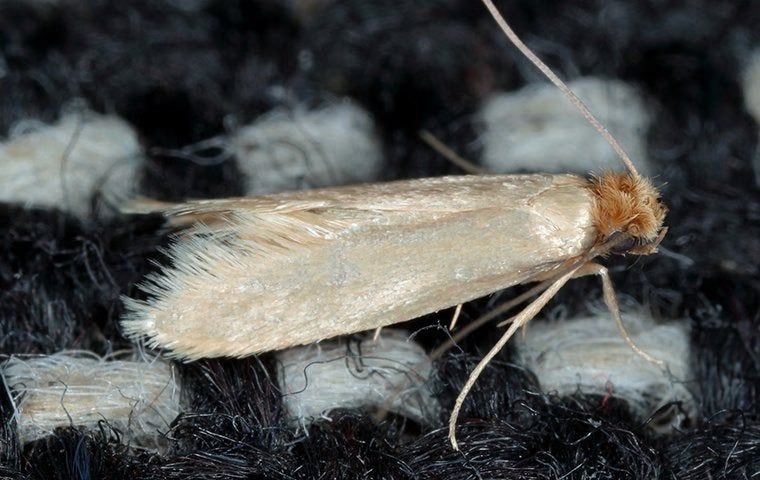
Fabric And Paper Pests Identification & Prevention
Frequently Asked Questions about Fabric And Paper Pests
Have questions? We are here to help. Still have questions or can't find the answer you need? Give us a call at 252-424-7966 today!

-
How can I prevent fabric & paper pests in the future?
Prevent problems with fabric and paper pests in Elizabeth City, NC and surrounding areas by combining our professional services with the following prevention tips:
- Remove dry goods from their original packaging and store them inside containers with airtight lids.
- Use a caulking gun to repair any cracks or holes in exterior walls.
- Regularly vacuum and dust your home.
- Ventilate all of your crawlspaces.
- Dry out the basement with the help of a dehumidifier.
- Store all paper and fabric items in a plastic container with tight-fitting lids instead of in cardboard boxes.
-
How do I get rid of fabric & paper pests?
Professional pest control is the best way to eliminate pests and keep them from returning. At Albemarle Termite & Pest Control, our pest management professionals are highly trained and dedicated to providing safe and effective services that are affordable. We are a local, family-owned pest control company whose number one priority is putting our customers first and exceeding their expectations. To eliminate pests from your home or business once and for all, contact Albemarle Termite & Pest Control today!
-
Where will I find fabric & paper pests?You will find fabric and paper pests in dark, damp, and quiet areas or wherever food is present. Basements, bedrooms, closets, and kitchen are common places where you will find these destructive pests. They are also found on the floor or around baseboards, beneath upholstered furniture, on bookshelves, and under carpets. Since fabric and paper pests tend to hide, their populations and the amount of damage they create can become quite significant before you even know they’re there.
-
Why do I have a fabric & paper pest problem?Most fabric and paper pests are attracted to areas of moisture, and properties with high humidity levels are places where fabric and paper pests thrive. Adults, attracted to outdoor lighting, enter properties on their own through spaces in exterior walls or areas around doors and windows. These pests also enter homes and businesses in clothing, furniture, potted plants, rugs, and in stored food packages already infested with eggs or larvae.
-
Are fabric & paper pests dangerous?Fabric and paper pests pose no significant danger to people. The most common threat when it comes to fabrics and paper pests is the damage they cause to your personal property. Carpet beetles are often confused with bed bugs; when their bristle-covered larvae come into contact with skin, a rash may develop that looks similar to a bed bug bite.
-
What are fabric & paper pests?
Fabric and paper pests are a group of insects that feed on things containing animal products, cellulose, fungi, or mold. These pests are typically described as destructive and are common invaders in properties, often damaging objects such as books, clothing, papers, rugs, wallpaper, and stored food products.
Some of the most common types of fabric and paper pests we come into contact with regularly in North Carolina and Virginia are listed below.
- Beetles - Black carpet beetles, common carpet beetles, and varied carpet beetles feed on and damage products containing keratin such as animal fur, feathers, silk, wool, human hair, and leather. They also feed on and contaminate cereals, grains, and some synthetic fabrics.
- Booklice - Booklice, also known as barklice, feed on fungi and mold. You’ll often find them in books, on wallpaper, or in cardboard storage boxes stored in areas with high humidity.
- Firebrats & Silverfish - Firebrats and silverfish have specialized enzymes they use to digest cellulose. They feed on and damage things like stored foods, wallpaper, book bindings, and clothing.
- Webbing Clothes Moths -Webbing clothes moths are a common species of fabric pests that feed on and damage fabrics, furs, and feathered items.



